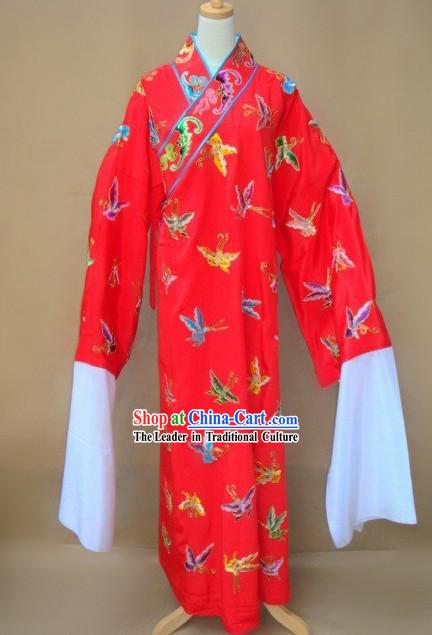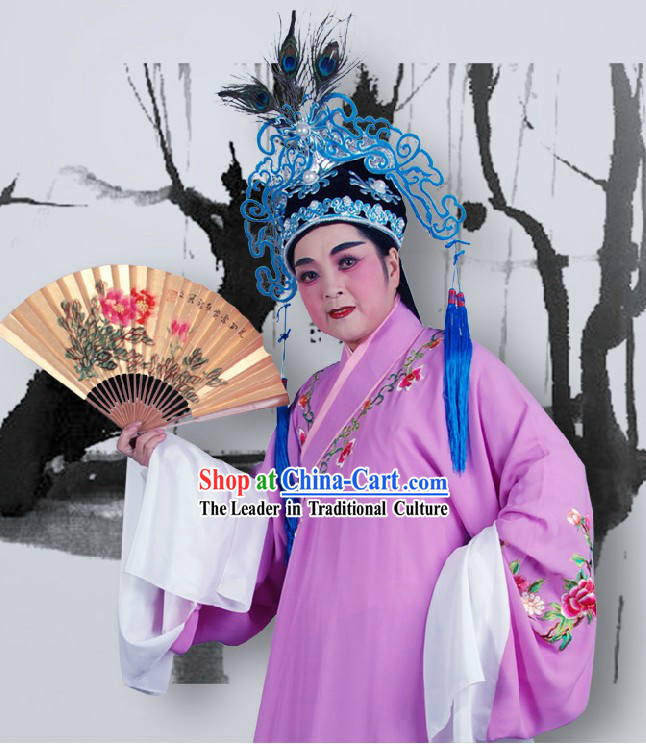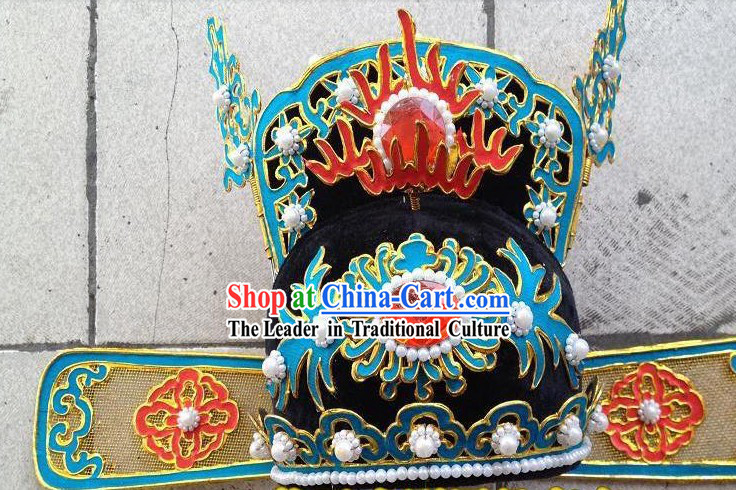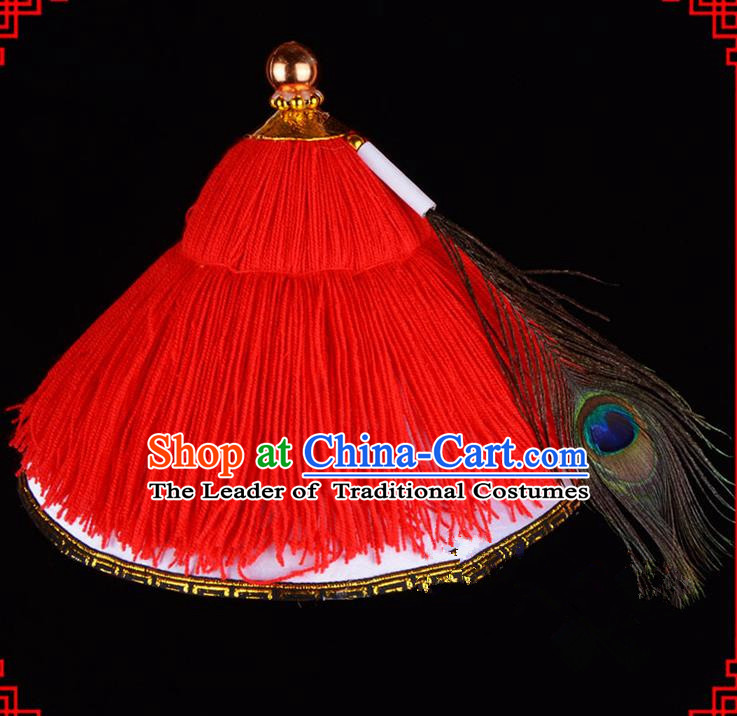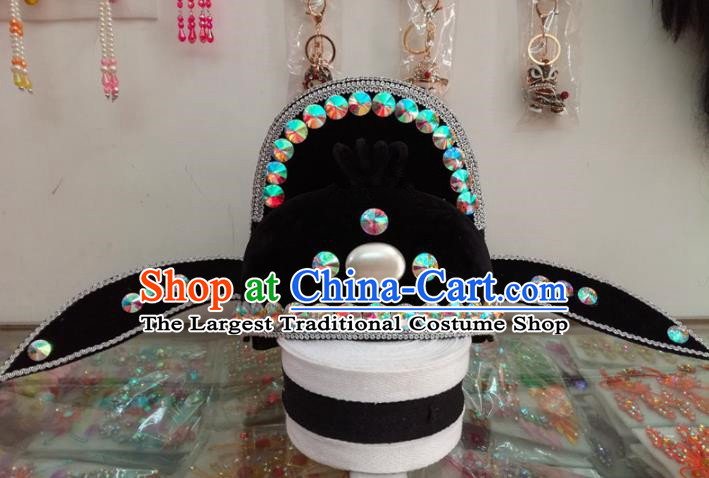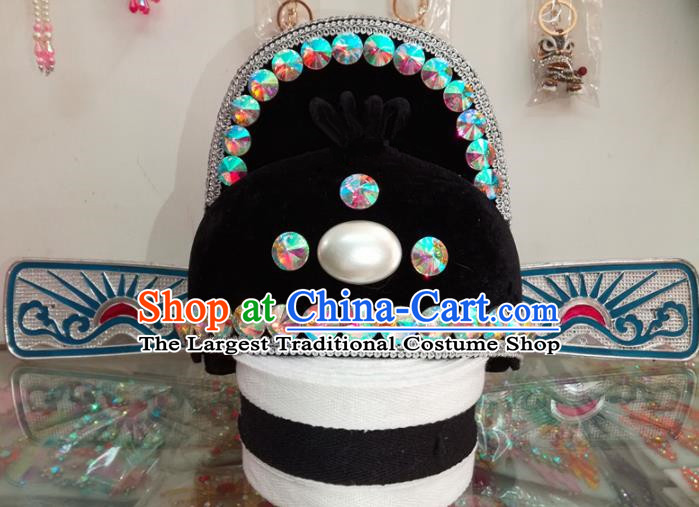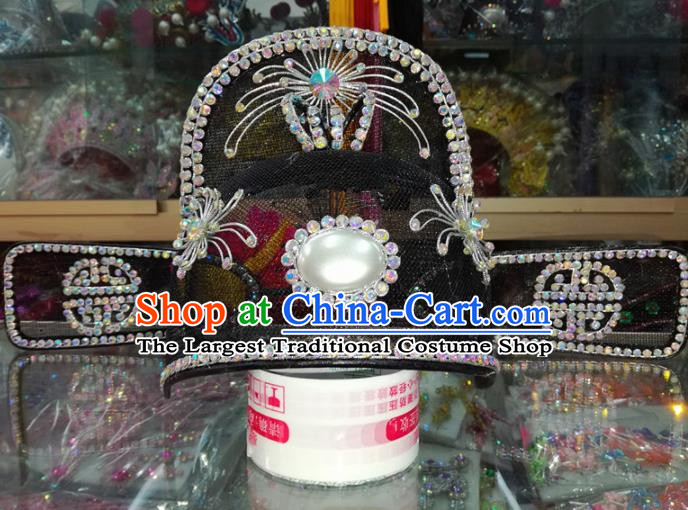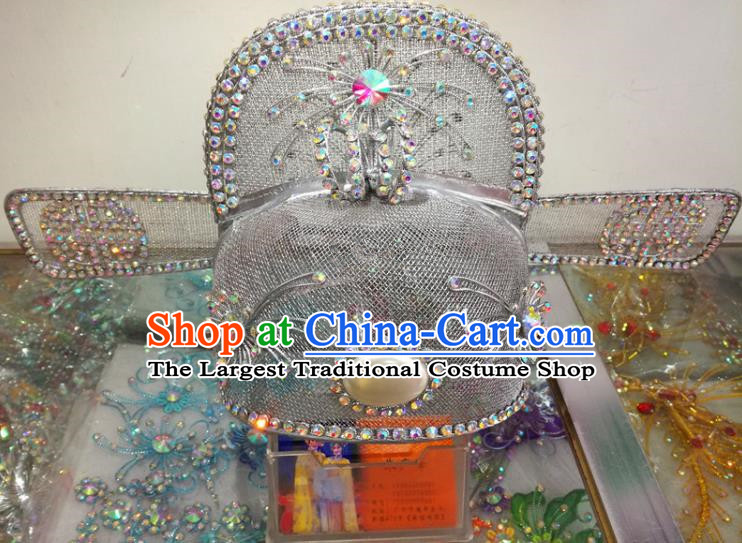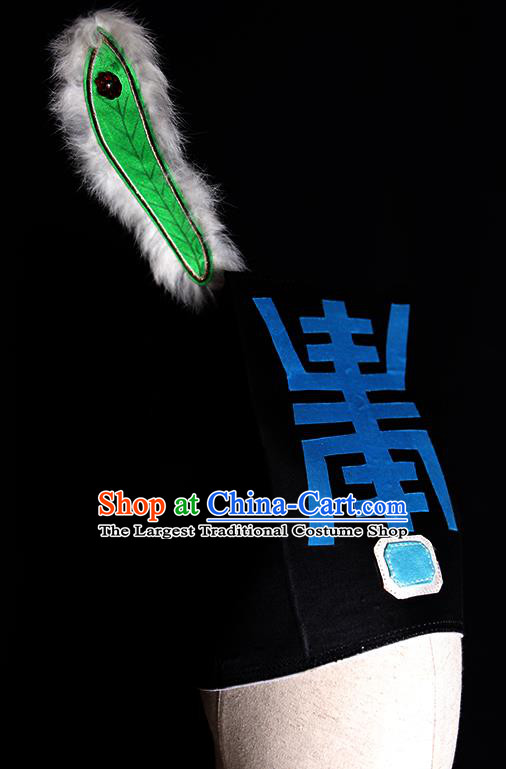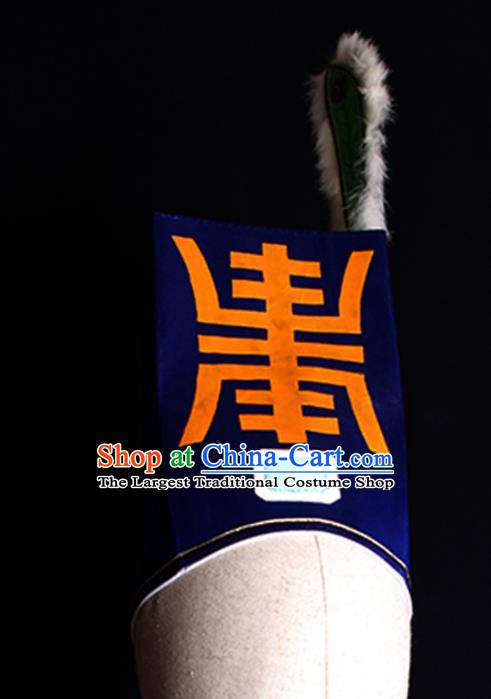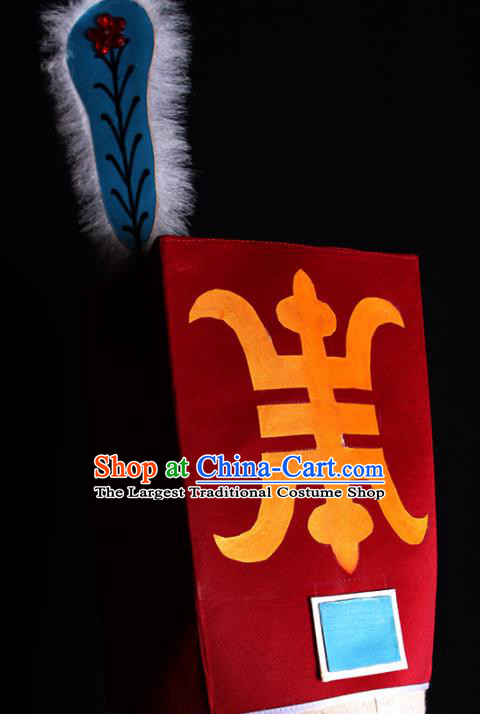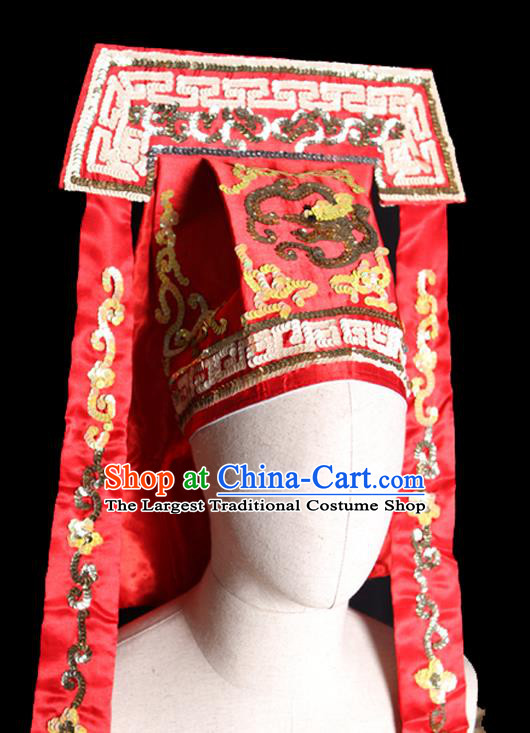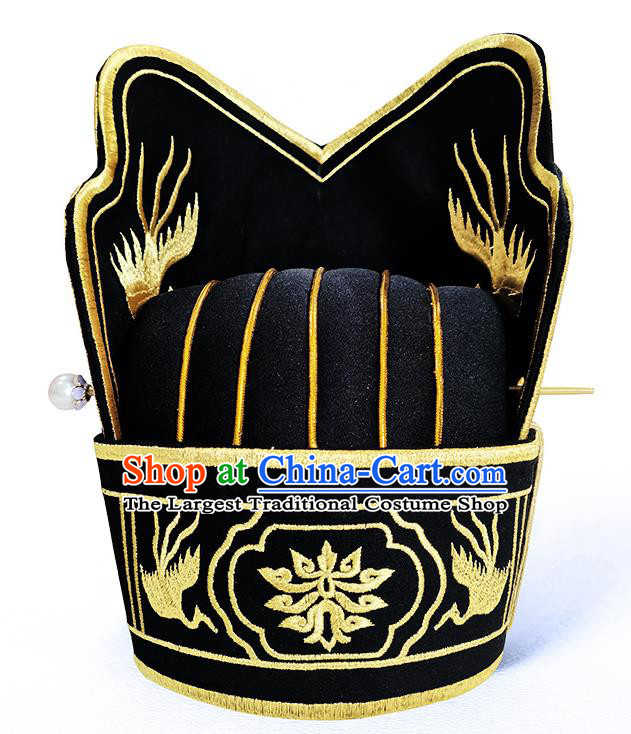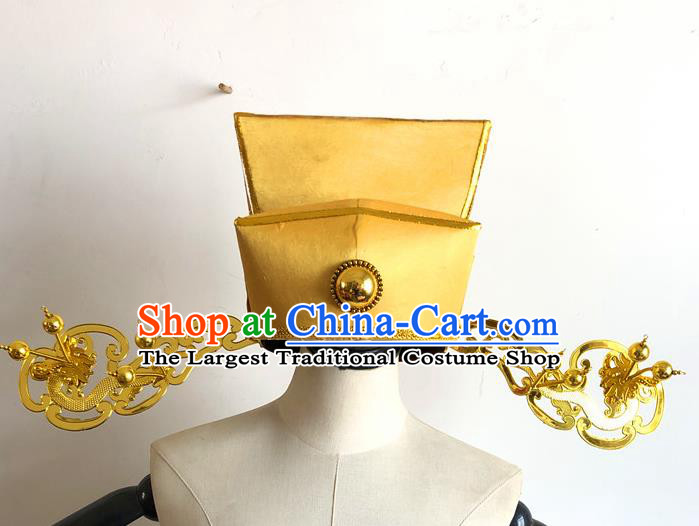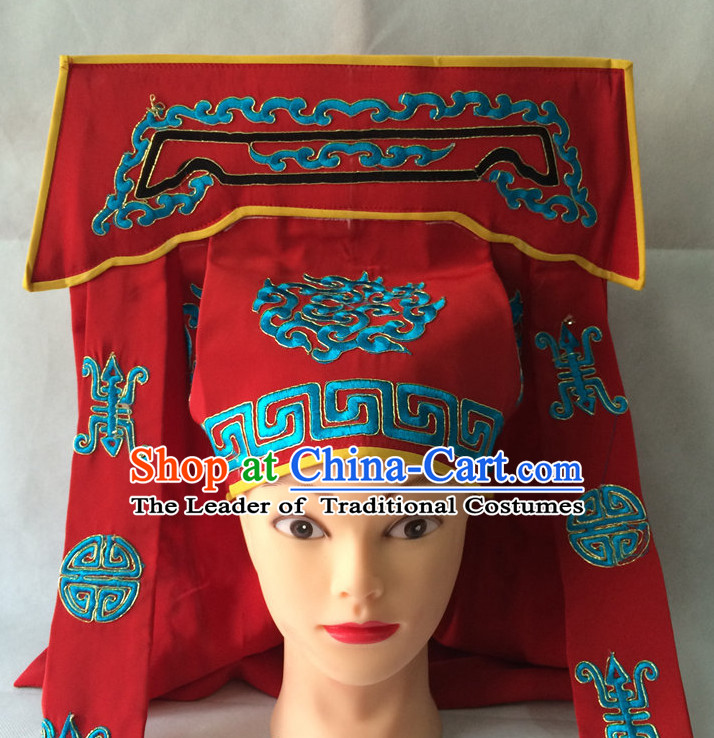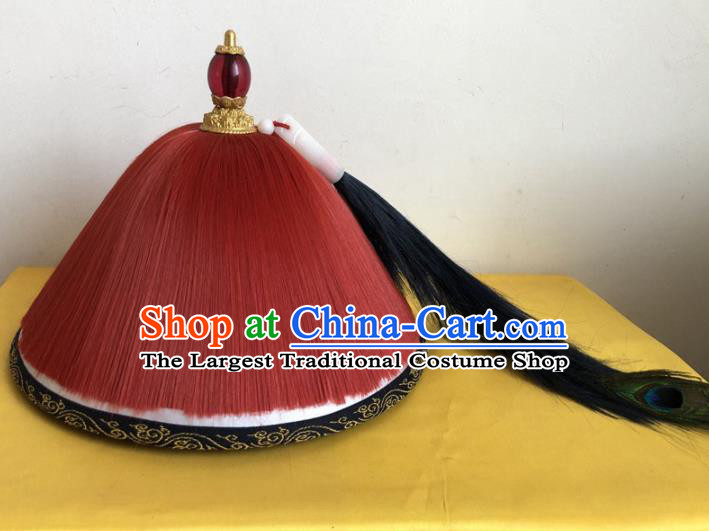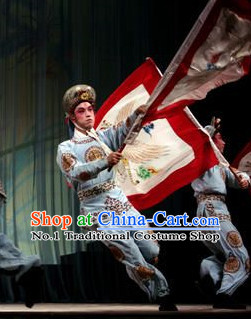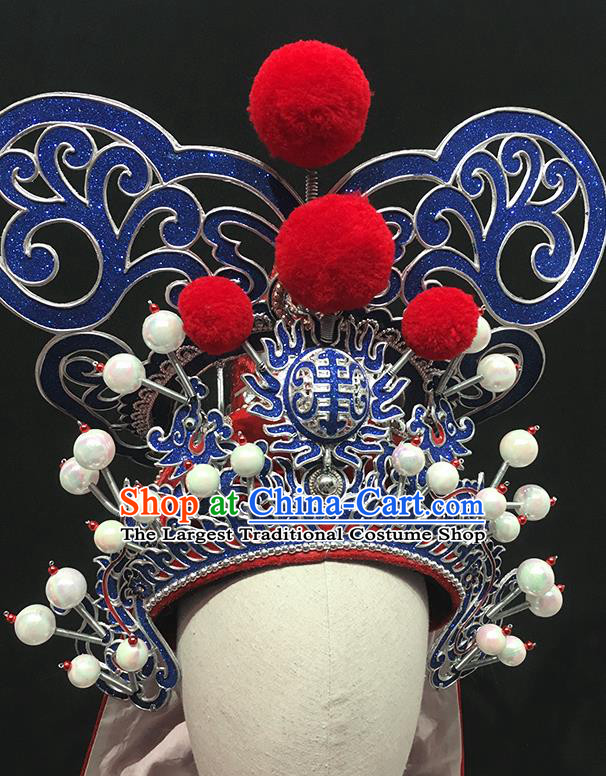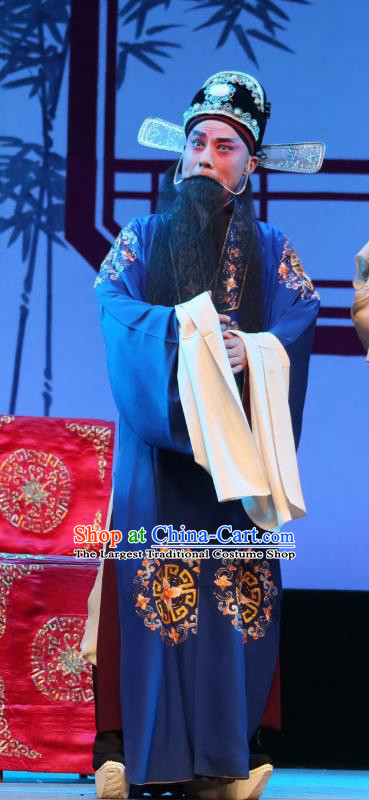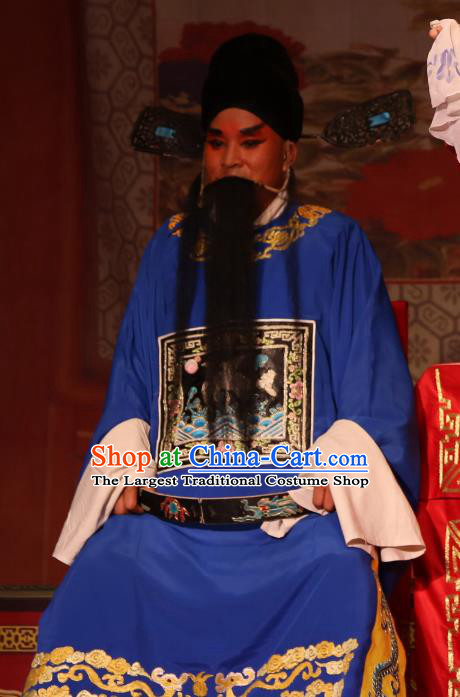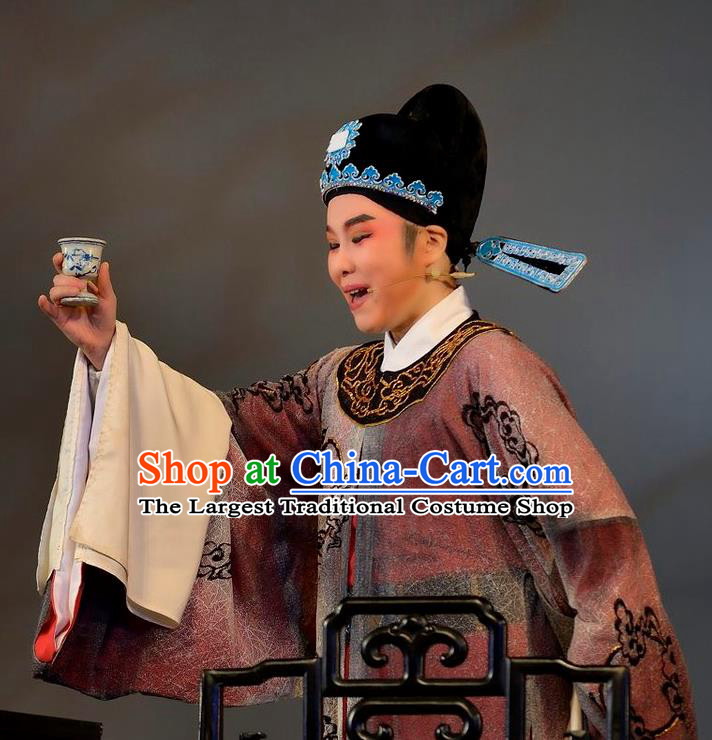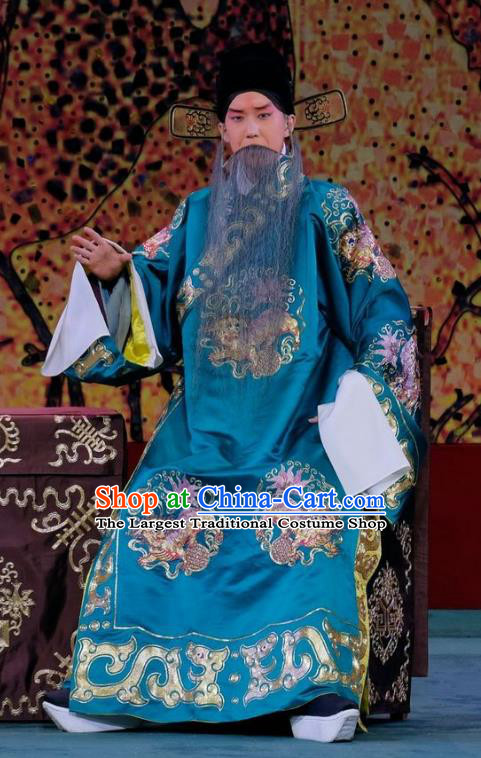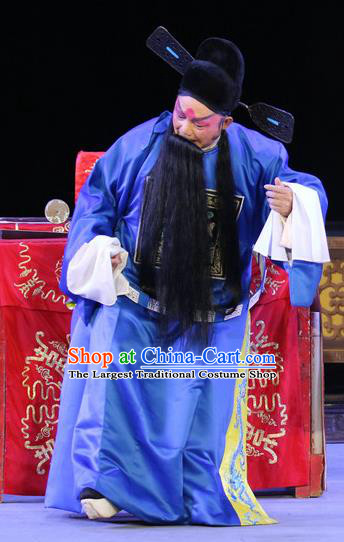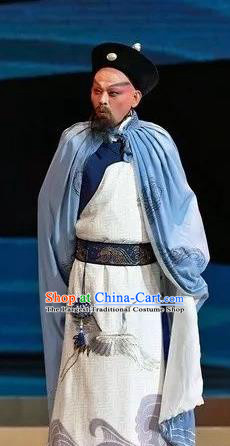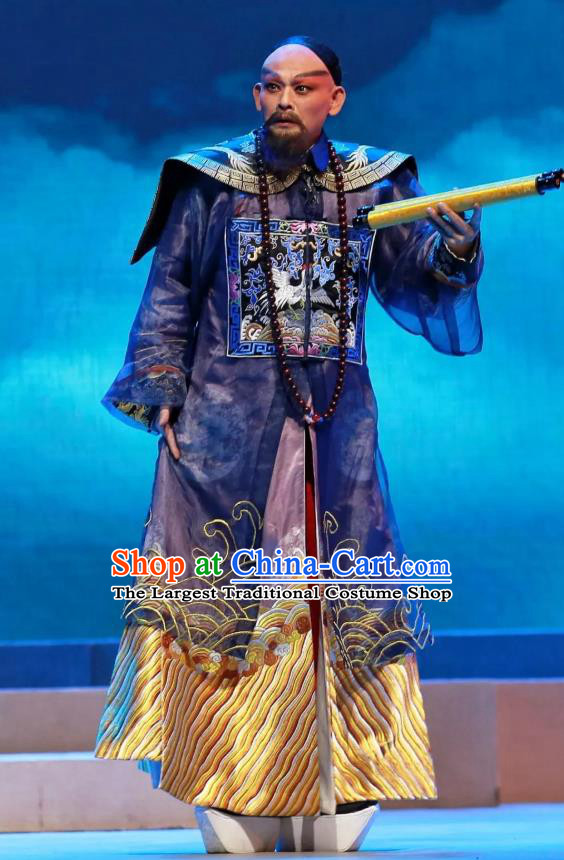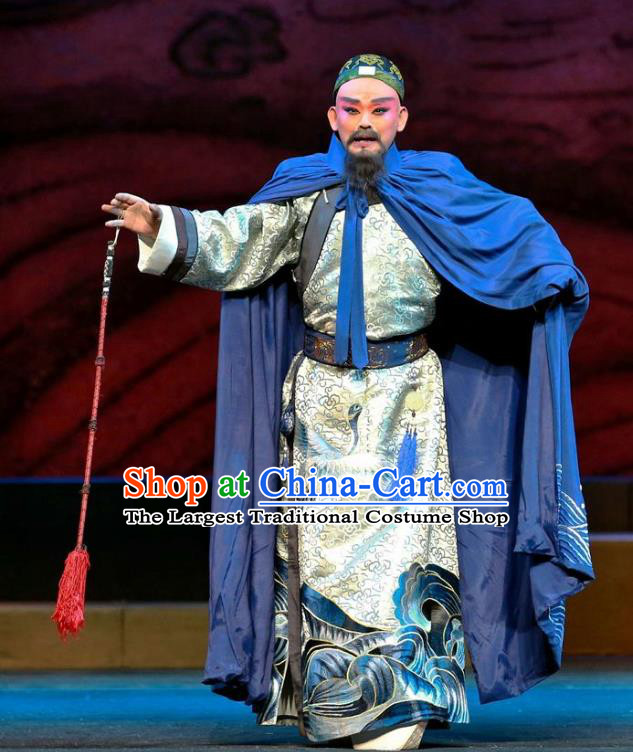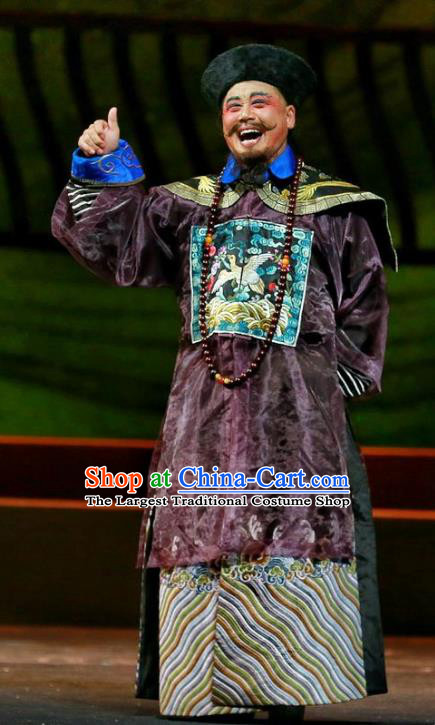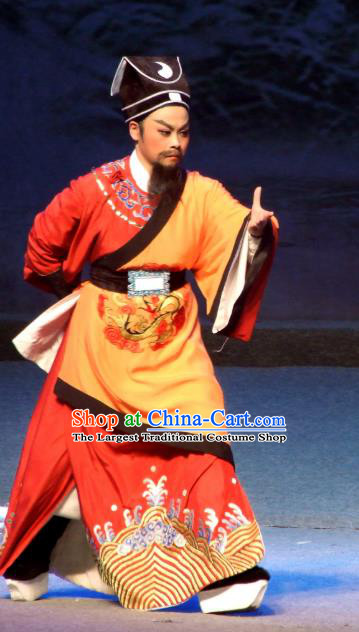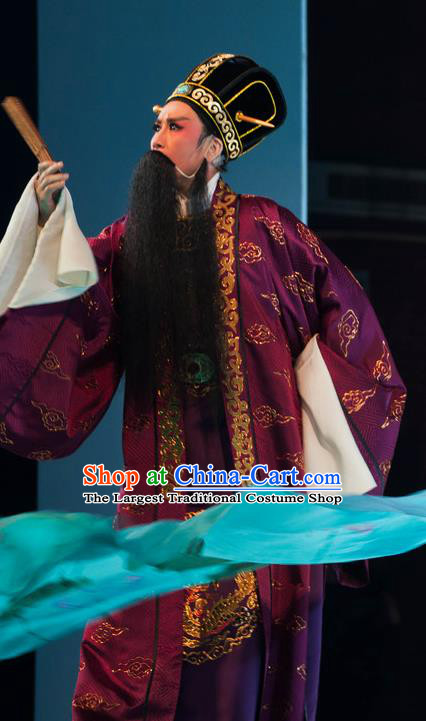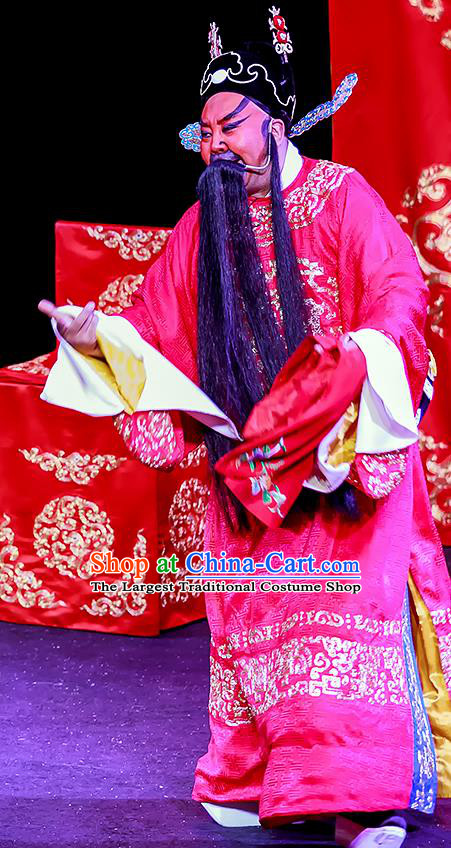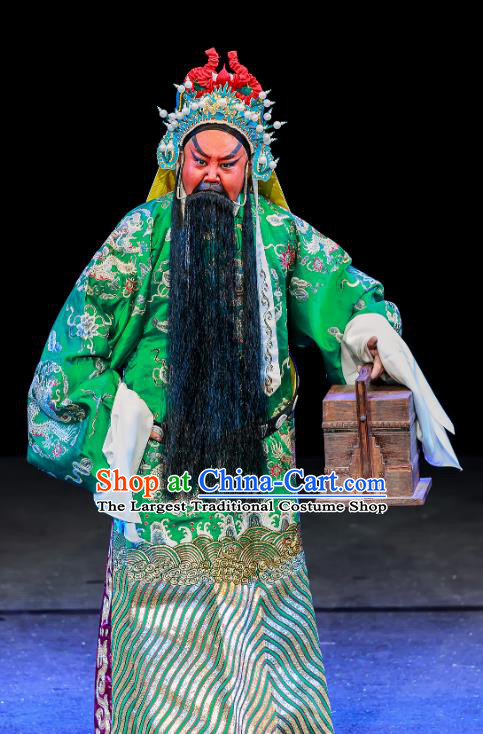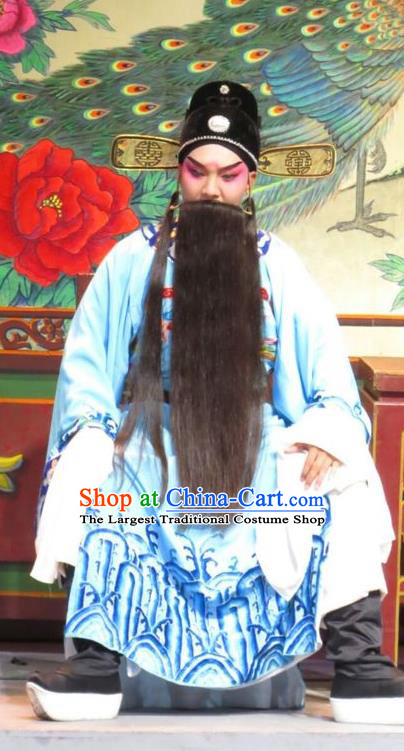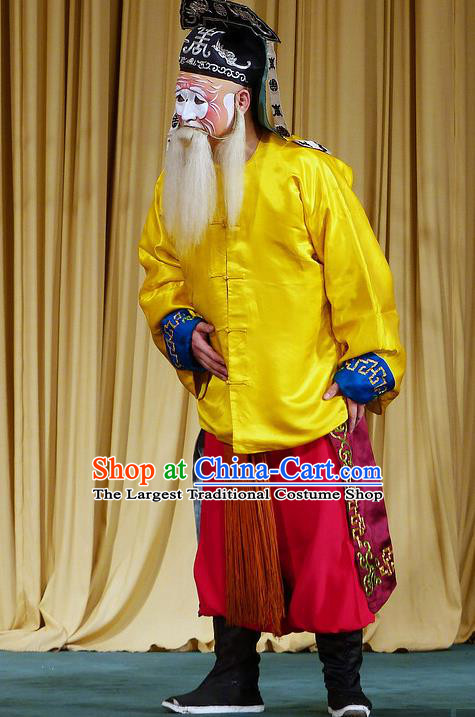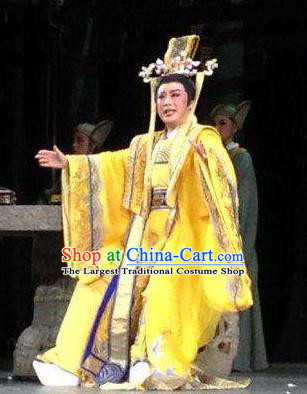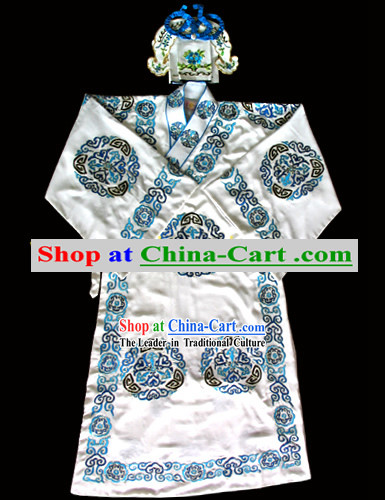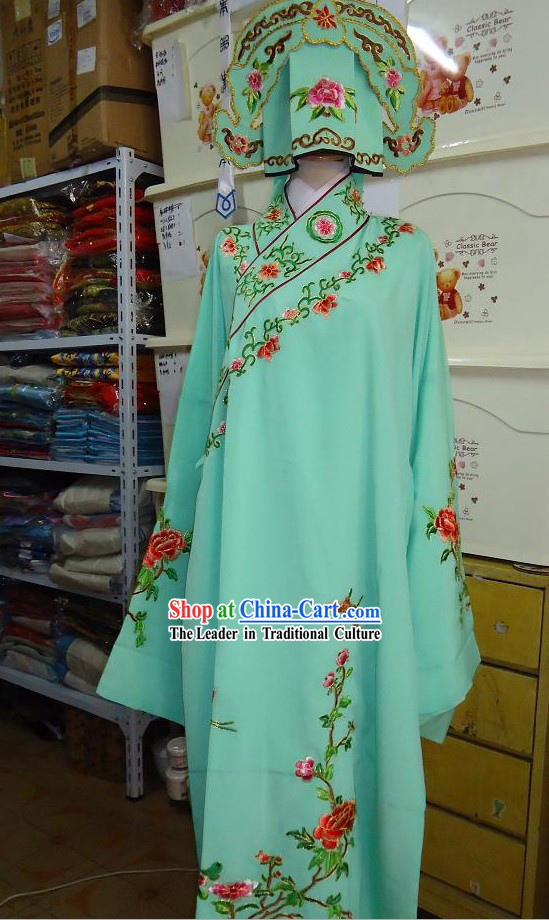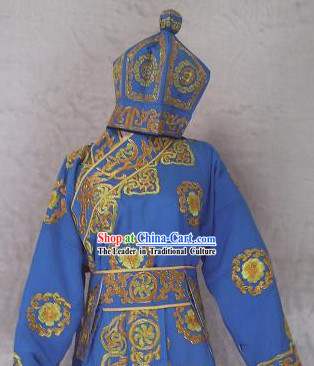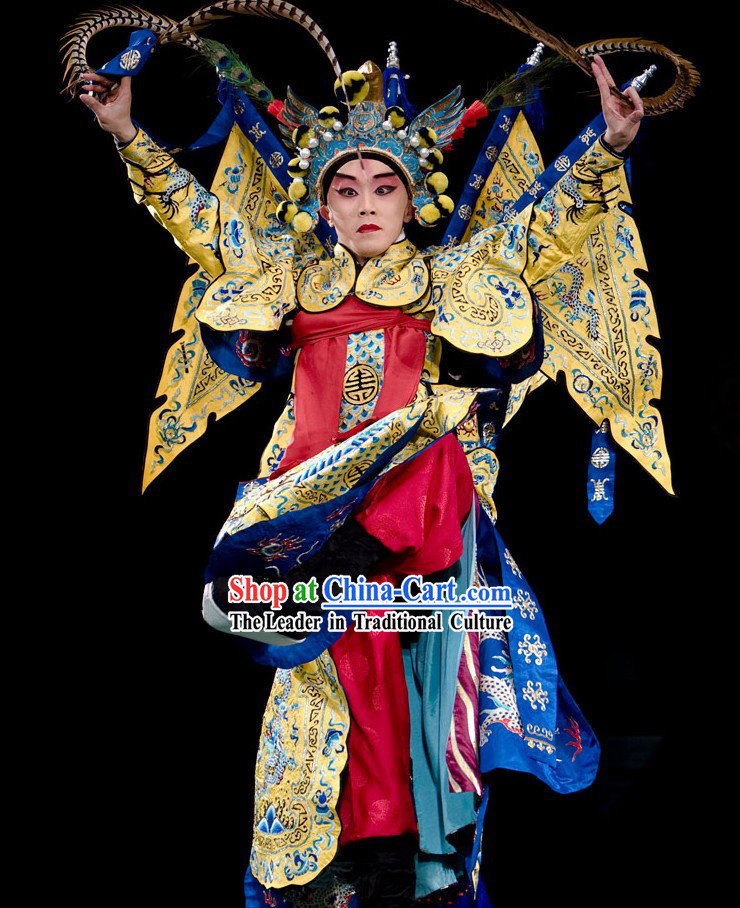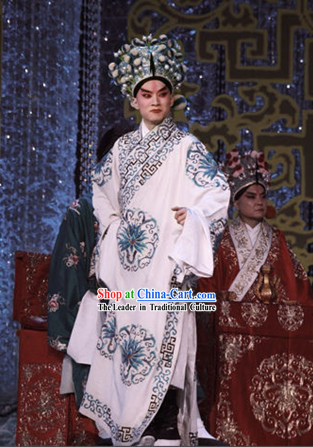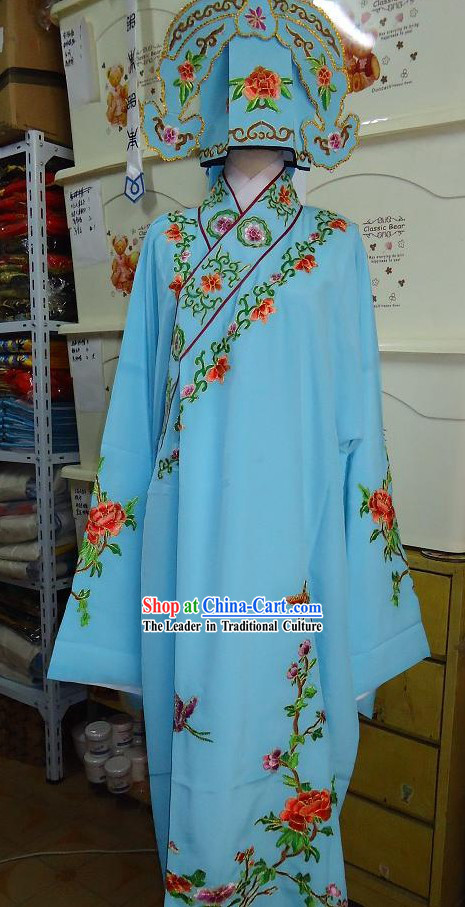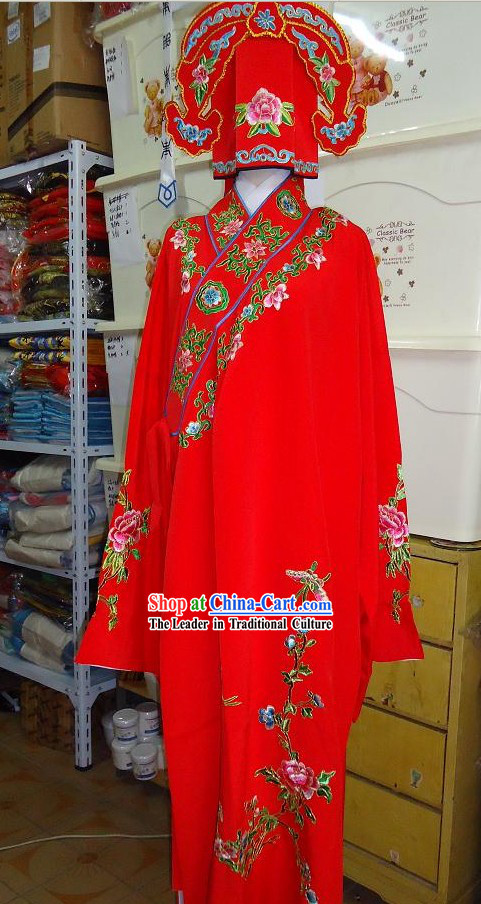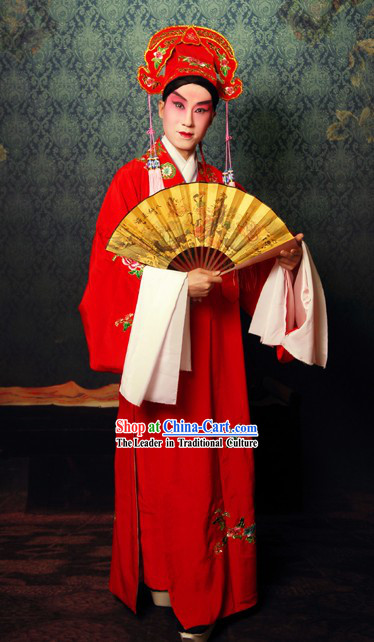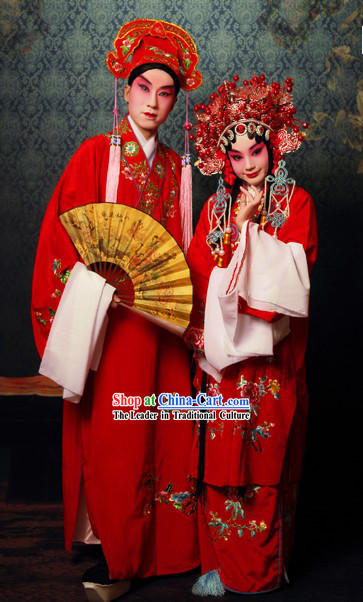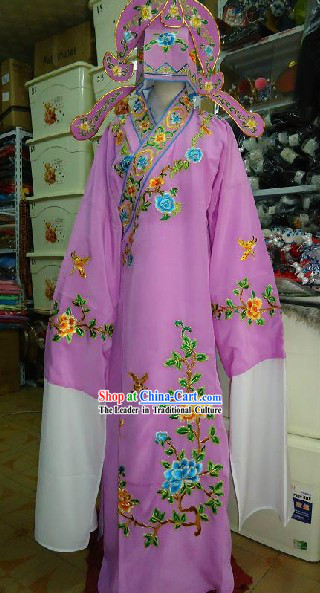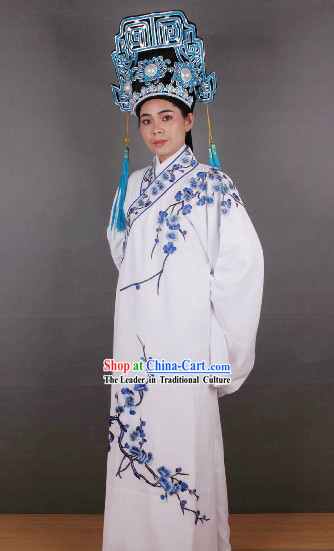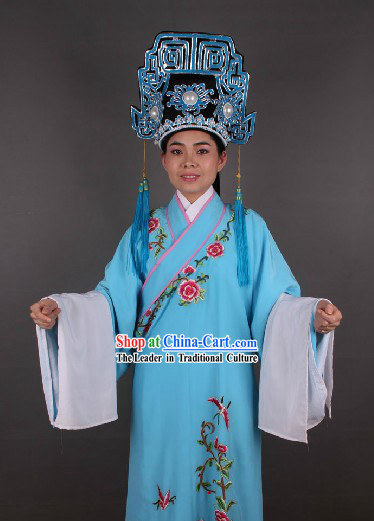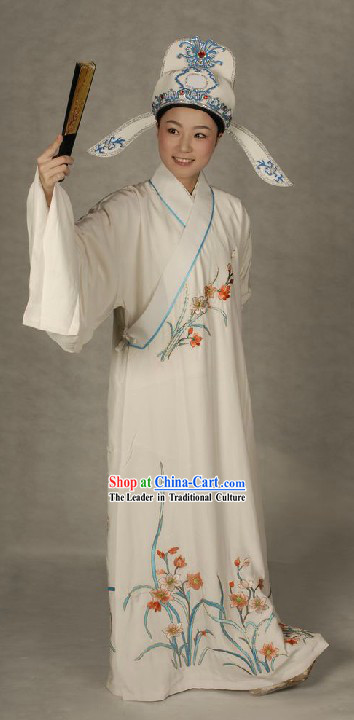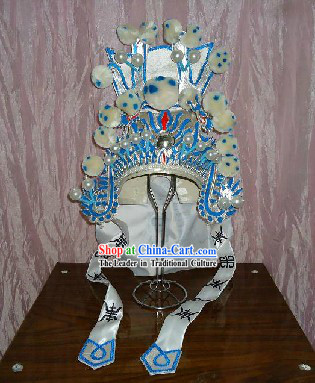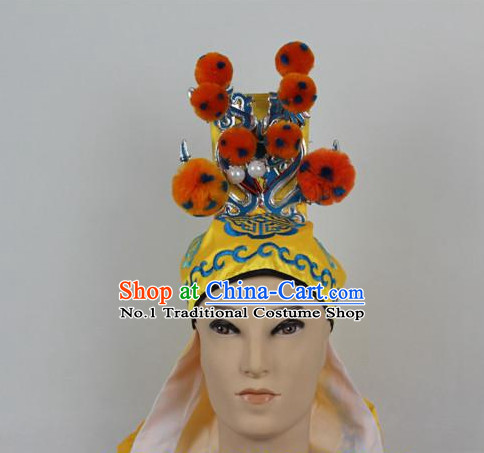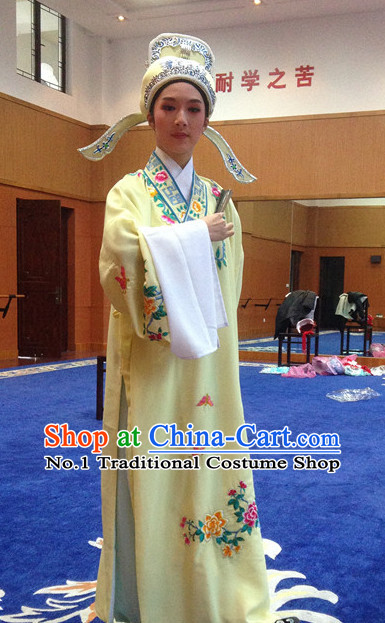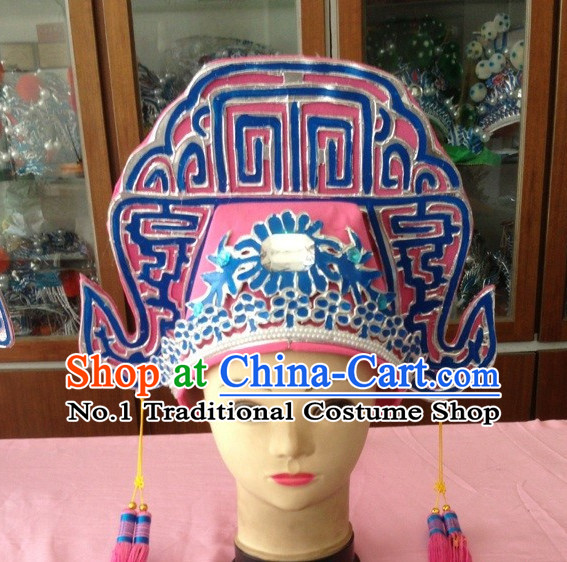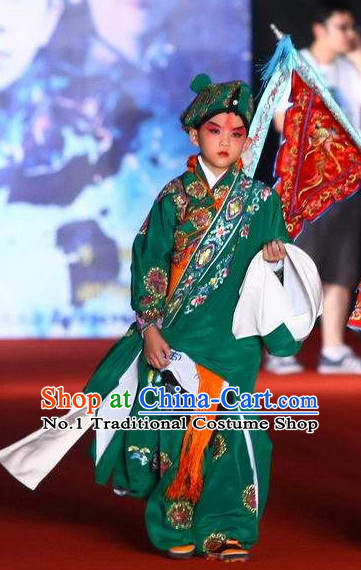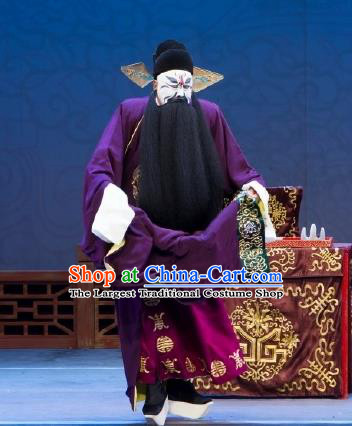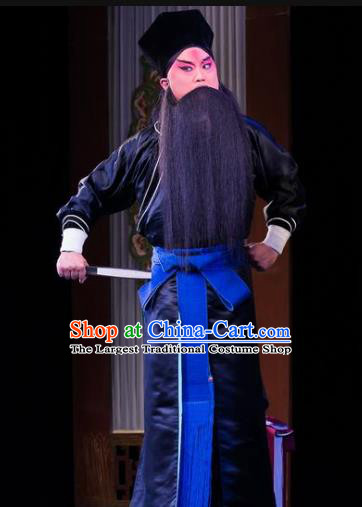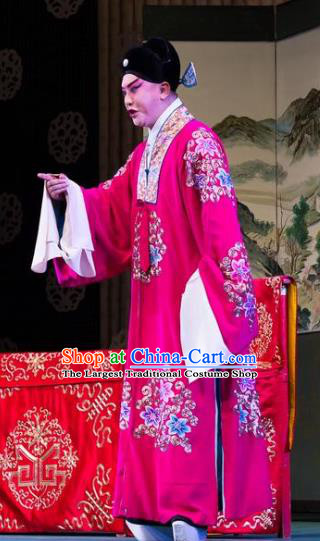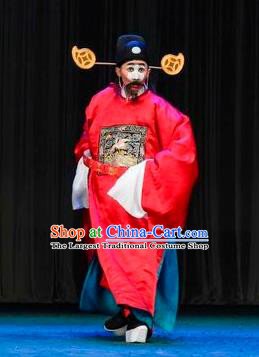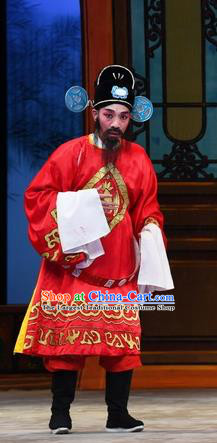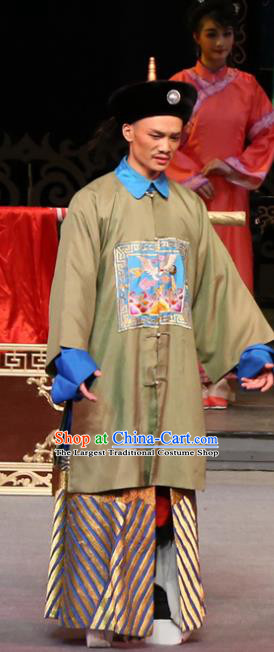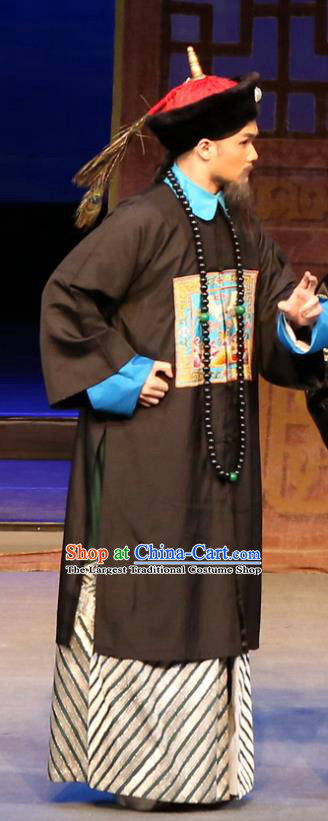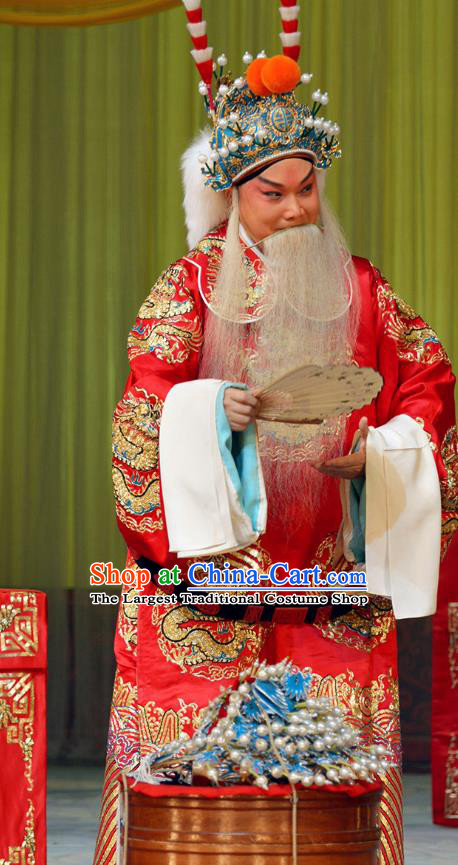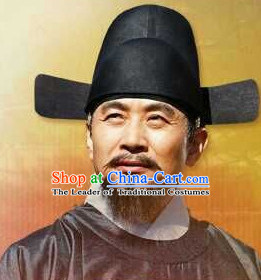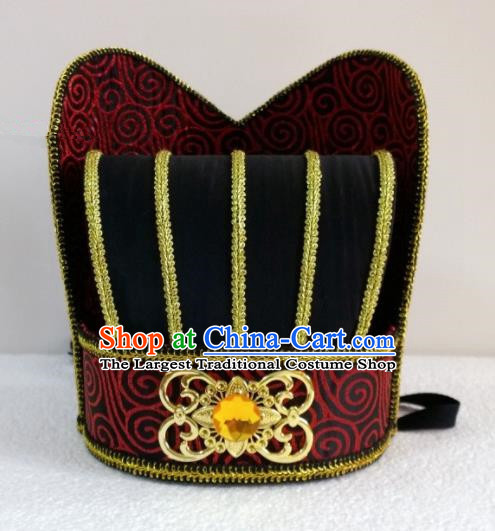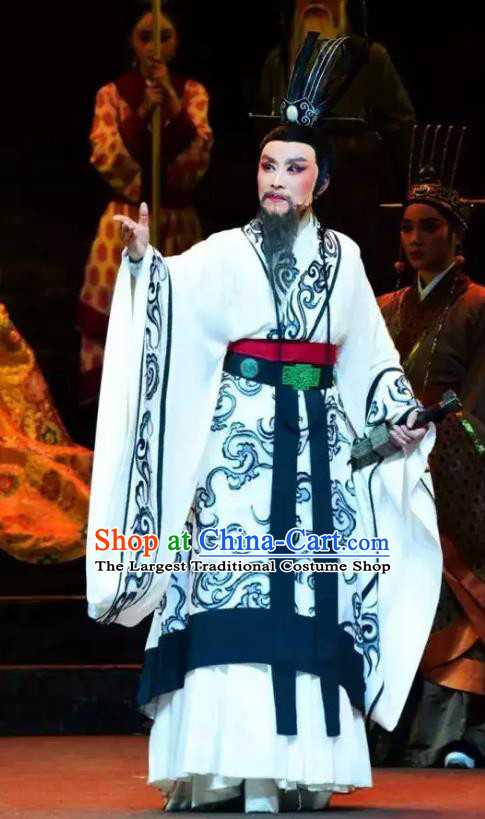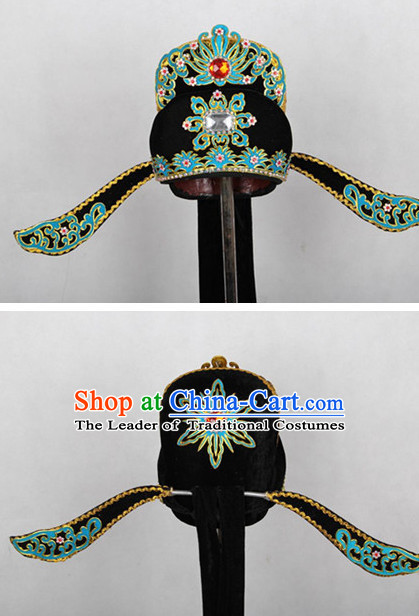
Click Related Pictures for More Audios:
Chinese opera headwear is an indispensable prop in Chinese opera.
It not only has practical value but also carries rich cultural connotations and historical significance.
In ancient times, headwear was a symbol of status and position, and the headwear worn by people of different ranks was also different.
In modern times, headwear has become a fashion element and is widely used in various occasions.
Whether on stage or in daily life, headwear can bring unique charm and personality to people.
The design of opera headwear for young male roles is very exquisite, usually made of metal, jade, jewelry and other materials.
The most famous one is "golden hairpin flower", which is the most representative type of opera headwear for young male roles.
The shape of the golden hairpin flower is like a blooming flower, with various gems and beads embedded in the petals, which is very gorgeous.
In addition, there are many other types of opera headwear for young male roles, such as "silver crown" and "jade belt", all of which have unique designs and meanings.
In addition to its practicality, opera headwear for young male roles also carries rich cultural connotations and historical significance.
In traditional Chinese culture, headwear is an important ritual item that represents nobility and glory.
In ancient times, high-ranking officials such as emperors and officials would wear gorgeous headwear to show their status and position.
In folk culture, headwear is regarded as a mascot that can bless people with peace and happiness.
Therefore, opera headwear for young male roles is not only a practical tool but also a cultural inheritance and expression.
In conclusion, opera headwear for young male roles is an indispensable part of traditional Chinese culture.
It not only has practical value but also carries rich cultural connotations and historical significance.
Whether on stage or in daily life, opera headwear for young male roles can bring unique charm and personality to people.




